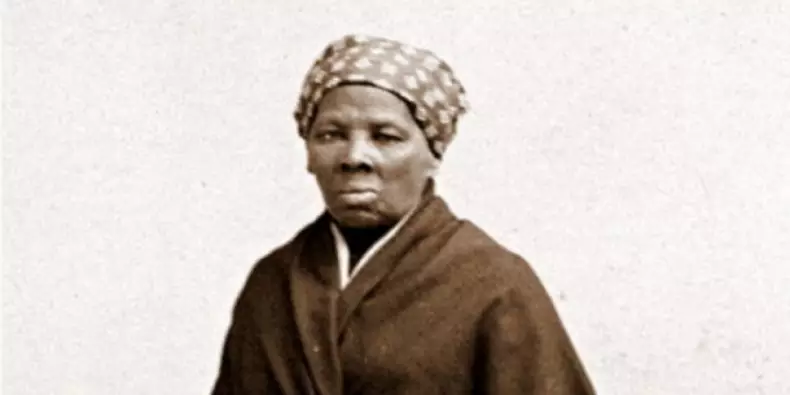While the bustling cities of Texas often take the spotlight, the rural landscapes of the state hide a treasure trove of cultural diversity waiting to be discovered. Beyond the urban centers, small towns and rural communities in Texas proudly showcase their unique traditions, heritage, and vibrant cultures. In this exploration, we delve into the hidden gems of rural Texas, unveiling the rich tapestry of diversity that flourishes in the heartland of the Lone Star State.
Preserving Heritage in Small Towns:
Texas is dotted with small towns that serve as living museums of the state’s diverse history. Places like Fredericksburg, with its German roots, or Jefferson, steeped in African American history, provide glimpses into the cultural mosaic that makes up rural Texas. Residents in these towns often work diligently to preserve their heritage, showcasing local traditions through festivals, museums, and community events.
Festivals Celebrating Rural Diversity:
Rural Texas comes alive with festivals that celebrate the unique cultures of its small communities. Events like the Czech Heritage Festival in West, Texas, and the Juneteenth celebrations in rural towns highlight the significance of cultural diversity. These festivals not only serve as platforms for residents to reconnect with their roots but also attract visitors eager to experience the authentic charm of rural Texas.
Agricultural Influences on Culinary Traditions:
The agricultural roots of rural Texas have significantly influenced its culinary traditions. Farm-to-table experiences are not just trendy concepts here; they are a way of life. From local farmers’ markets in places like Gruene to farm dinners in the Hill Country, rural Texas showcases the connection between the land and the table, offering a taste of fresh, locally sourced flavors.
Indigenous Presence in Rural Texas:
Many rural areas of Texas have a rich Indigenous history that is often overlooked. Native American communities, such as the Caddo and Comanche, have left an indelible mark on the state’s landscape. The Texas Hill Country, for example, is home to ancient rock art sites that tell the stories of Indigenous peoples who once thrived in the region. Acknowledging and respecting this Indigenous heritage is crucial for understanding the true diversity of rural Texas.
Cultural Exchange in Community Centers:
Rural community centers play a vital role in fostering cultural exchange. Whether through quilting clubs, dance classes, or language programs, these centers serve as hubs where diverse communities come together to share their traditions. Community events, potlucks, and storytelling sessions create an atmosphere of unity, highlighting the strength found in the diversity of rural Texas.
Facing Challenges and Building Bridges:
Despite the richness of cultural diversity in rural Texas, challenges persist. Economic disparities, limited access to resources, and demographic shifts pose hurdles for many communities. Addressing these challenges requires collaboration, understanding, and an appreciation for the unique strengths that each cultural group brings to the table.
Conclusion:
Rural Texas is a mosaic of cultures, traditions, and histories that collectively contribute to the state’s vibrant identity. Exploring the hidden gems of small towns and rural communities unveils a Texas that extends beyond the urban sprawl, inviting residents and visitors alike to appreciate the diverse cultural tapestry woven into the fabric of the Lone Star State. As rural Texas continues to evolve, acknowledging and celebrating its cultural diversity will undoubtedly be crucial for fostering a sense of unity and pride in the communities that call these hidden gems home.




